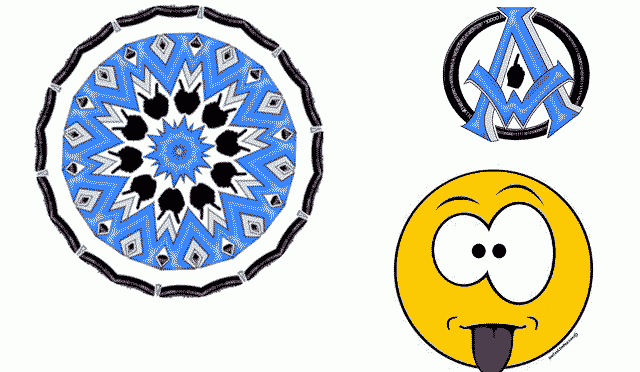

At first, a candle was placed and a circular arrangement of various images of the candle was noted. In these experiments, successive reflections were made on the plates of glass. This journey of making a masterpiece started in 1814 when some experiments were conducted on the topic of ‘light polarization’ by Sir David Brewster. It has been a source of creativity for designers to design various pallets, has been a toy with which all of us have played and it’s an integral part of our childhood memories, for jewellers it has led to the making of marvellous designs. Since the time of its invention by Sir David Brewster, there are various functions that have been fulfilled by the kaleidoscope. The tubes with mirrors are magic and art on their own. The kaleidoscope opens a way of imagination, travel, and creating designs. If we place the inclined mirrors at 60 degrees, a symmetrical hexagonally pattern forms six regularly placed images. Each mirror is needed to be inclined at right angles so that each image is reflected in the other mirror forming an appearance of four symmetrically placed objects. When we place an object in between these two mirrors an image is formed. The designs/images are formed due to the inclined mirrors. The kaleidoscope is usually sold as a toy and has value for the designs. A Scottish inventor, David Brewster, invented the kaleidoscope in 1817 and patented it in 1817.

The term 'kaleidoscope' is derived from the Ancient Greek words known as 'kalos' which means beauty, 'eidos' means something that is seen and 'skopeo' which means to look. The tube, which has reflecting surfaces, contains coloured pieces of glass, and if we rotate the tube, we see that symmetrical images are created. This happens due to the phenomenon of repeated reflection. As an optical instrument, a kaleidoscope contains two or more reflecting surfaces tilted towards each other at a certain angle for obtaining a symmetrical pattern when viewed from the other end.


 0 kommentar(er)
0 kommentar(er)
